As an experienced hiker, I know that there are many things that can go wrong while out on the trail. While some of these things are out of our control, there are also many mistakes that hikers make that can be easily avoided. In this article, I will discuss what not to do during hiking and provide tips for avoiding these common mistakes.
One of the most important things to keep in mind when hiking is that you need to be prepared. This means wearing the right clothing and footwear, bringing enough water and food, and having the right gear. Many hikers make the mistake of not bringing enough water or not wearing the right shoes, which can lead to dehydration or injury. It’s also important to make sure that you have a map and compass, and that you know how to use them.

Another mistake that many hikers make is not doing their research before heading out on the trail. This can mean not knowing the difficulty level of the trail, not knowing the weather conditions, or not knowing the rules and regulations of the area. Doing your research beforehand can help you avoid many of the common mistakes that hikers make, and can help ensure that you have a safe and enjoyable hiking experience.
Key Takeaways
- Do your research before you go hiking to avoid common mistakes.
- Wear the right clothing and footwear, and bring enough water and food.
- Be prepared with the right gear and know the rules and regulations of the area.
What Not to Do During Hiking
As an experienced hiker, I know that hiking is a great way to explore nature, get some exercise, and clear your mind. However, there are some things that you should avoid doing during a hike to ensure your safety and protect the environment. Here are some of the most important things not to do during hiking:
1. Don’t Hike Alone
Hiking alone can be dangerous, especially if you’re not familiar with the trail or the area. If you get lost, injured, or encounter wildlife, you may not be able to get help quickly. Always bring a friend or join a hiking group to reduce the risk of accidents.
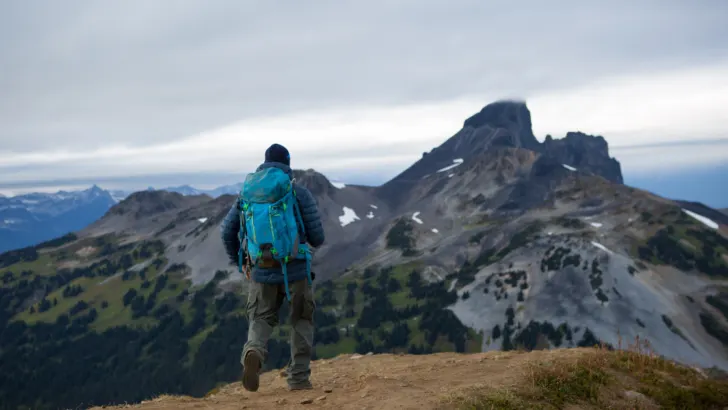
2. Don’t Ignore the Weather
The weather can change quickly in the mountains, and you don’t want to be caught in a thunderstorm, blizzard, or heatwave without proper gear. Always check the weather forecast before you go and bring appropriate clothing, food, and water. Don’t forget to bring a map, compass, or GPS device to navigate in case of low visibility.
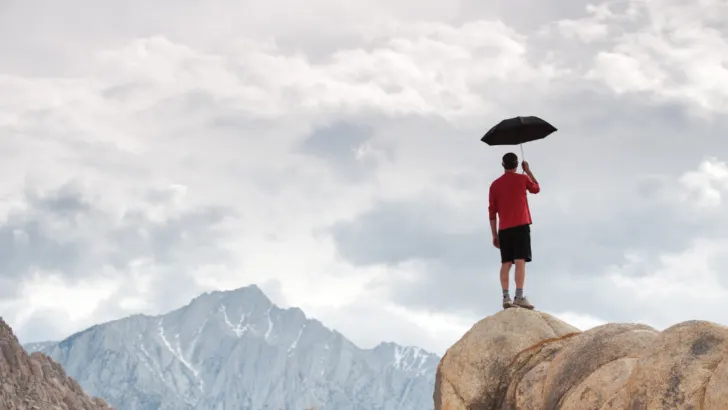
3. Don’t Leave Trash Behind
Leaving trash behind is not only disrespectful to nature but also harmful to wildlife and other hikers. Always pack out what you pack in and dispose of waste properly. If you see litter on the trail, pick it up and carry it to the nearest trash can. Remember, leave no trace.
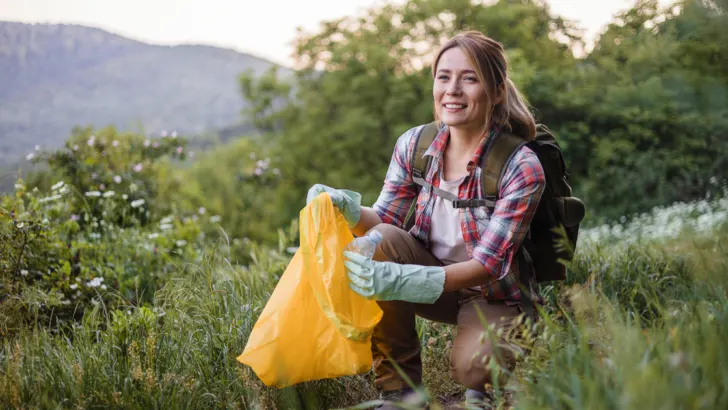
4. Don’t Overestimate Your Abilities
Hiking can be challenging, especially if you’re not used to the altitude, terrain, or distance. Don’t push yourself too hard and take breaks when you need to. Know your limits and choose a trail that matches your fitness level and experience. If you feel sick, dizzy, or exhausted, turn back and seek medical attention if necessary.
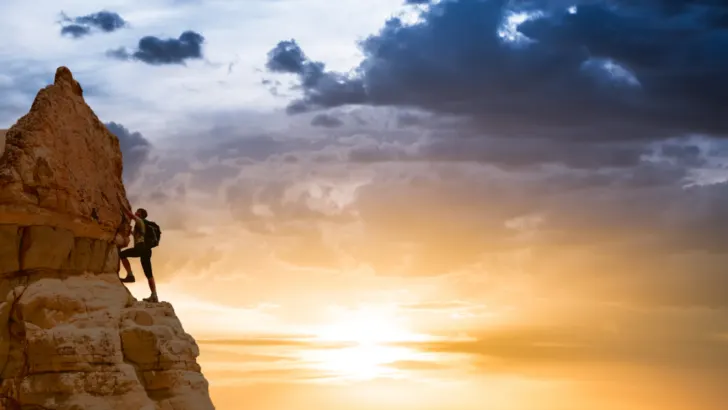
5. Don’t Disturb the Wildlife
Wildlife is an essential part of the ecosystem and should be respected and protected. Don’t approach or feed animals, make loud noises, or disturb their habitat. Keep a safe distance and observe them from afar. If you encounter a dangerous animal, such as a bear or a mountain lion, stay calm, make noise, and slowly back away.
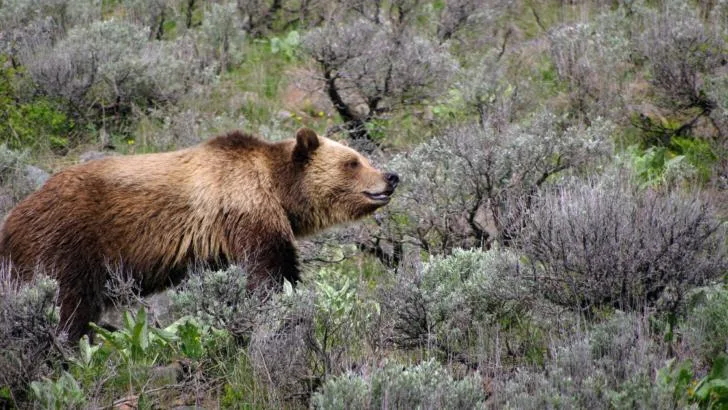
By following these simple rules, you can have a safe and enjoyable hiking experience while preserving the beauty and integrity of nature.
What Not to Do During Hiking: Common Mistakes Made by Hikers
Going Unprepared
One of the biggest mistakes hikers make is going unprepared. It’s important to research the trail you plan to hike, check the weather forecast, and pack accordingly. I always make sure to bring a map, compass, and extra food and water. It’s also important to let someone know where you’re going and when you plan to return, just in case something goes wrong.
Going Too Fast
Another common mistake is going too fast. It’s important to pace yourself and take breaks when needed. Going too fast can lead to exhaustion and increase the risk of injury. I always start with a slow and steady pace and gradually increase my speed as I warm up.

Not Paying Attention to Your Surroundings
It’s easy to get caught up in the excitement of hiking and forget to pay attention to your surroundings. It’s important to be aware of your surroundings and stay on the trail. I always keep an eye out for wildlife and potential hazards. It’s also important to be respectful of the environment and leave no trace.
Not Staying Hydrated
Staying hydrated is crucial while hiking. It’s important to bring enough water and drink regularly, even if you don’t feel thirsty. I always bring a water bottle and a hydration pack to ensure I have enough water for the entire hike. It’s also important to know where water sources are located along the trail.
Not Carrying the Right Gear
Having the right gear is essential for a successful hike. It’s important to wear appropriate clothing and footwear and to bring a backpack with essential items. I always bring a first aid kit, sunscreen, insect repellent, and a headlamp. It’s also important to pack according to the weather forecast and to bring extra layers in case the temperature drops.

By avoiding these common mistakes, you can have a safe and enjoyable hiking experience.
What Not to Do During Hiking: More Specific Mistakes to Avoid
Going Hiking Alone
When hiking alone, you are more vulnerable to accidents and injuries. If something happens to you, there will be no one to help you. Going hiking alone can also be dangerous, especially if you are not familiar with the area. It is always better to have someone with you when hiking. If you must go alone, make sure you tell someone where you are going, and when you expect to return.
Hiking Off-Trail
Hiking off-trail can be dangerous, especially if you are not familiar with the area. It is easy to get lost, and you may end up in a dangerous situation. If you must hike off-trail, make sure you have a map and compass, and know how to use them. It is also a good idea to let someone know where you are going and when you expect to return.
Starting Your Hike Too Late in the Day
Starting your hike too late in the day can be dangerous, especially if you are hiking in an area with limited daylight hours. If you start your hike too late, you may end up hiking in the dark, which can be dangerous. It is always better to start your hike early in the day, so you have plenty of time to hike and enjoy the scenery.
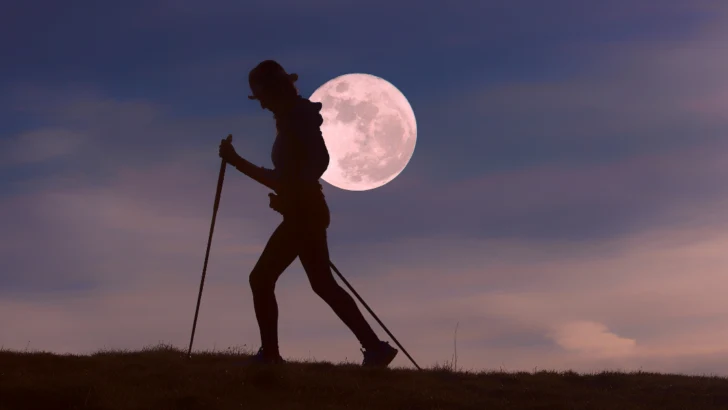
Not Telling Anyone Where You’re Going
It is important to tell someone where you are going when hiking. If something happens to you, there will be someone who knows where you are and can send help. Make sure you tell someone where you are going, and when you expect to return. It is also a good idea to leave a note in your car with this information so that if you don’t return on time, someone will know where to look for you.
In summary, hiking can be a fun and rewarding experience, but it is important to be prepared and avoid common mistakes. By following these tips, you can help ensure a safe and enjoyable hiking experience.
Studies That Have Looked at the Effects of Making These Mistakes on Hiker Safety
Based on my research, studies have shown that making certain mistakes while hiking can have negative effects on hiker safety. Here are some examples:
Failing to Inform Others of Your Plans
One of the most common mistakes hikers make is failing to inform others of their plans. According to experts, this can be extremely dangerous as it can delay rescue efforts in the event of an emergency. In fact, a study published in the Journal of Travel Medicine found that hikers who failed to inform others of their plans were more likely to experience severe injuries and require hospitalization.
Hiking Alone
Another mistake that can put hiker safety at risk is hiking alone. According to a study published in Wilderness & Environmental Medicine, hikers who hike alone are more likely to experience injuries, get lost, and require rescue. This is because hiking alone increases the likelihood of encountering unexpected hazards, such as inclement weather or dangerous terrain, without anyone to help.
Ignoring Warning Signs and Trail Closures
Ignoring warning signs and trail closures is another mistake that can put hiker safety at risk. According to the American Hiking Society, this can lead to accidents and injuries, as well as damage to natural resources. For example, hikers who ignore trail closures may inadvertently damage fragile ecosystems or put themselves in harm’s way by crossing unstable terrain.
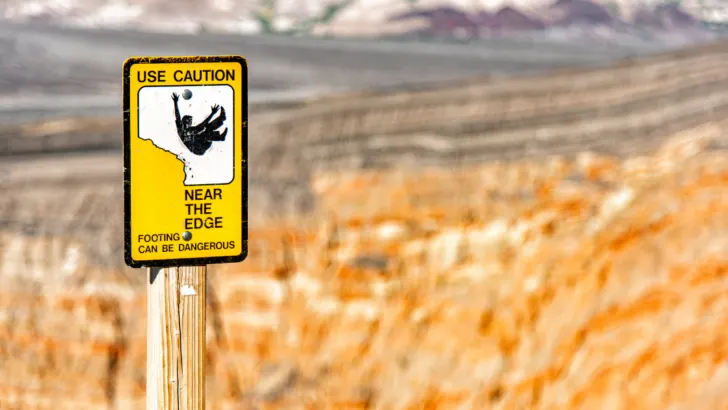
Failing to Bring Proper Gear and Supplies
Finally, failing to bring proper gear and supplies can also put hiker safety at risk. According to a study published in the Journal of Wilderness Medicine, hikers who fail to bring adequate clothing, food, water, and shelter are more likely to experience hypothermia, dehydration, and other health problems. This can lead to serious injuries and even death in extreme cases.
Overall, the research suggests that making these mistakes while hiking can have serious consequences for hiker safety. Therefore, it is important to take steps to avoid these mistakes, such as informing others of your plans, hiking with a partner, obeying warning signs and trail closures, and bringing proper gear and supplies.
Tips for Avoiding These Mistakes
When it comes to hiking, avoiding common mistakes is crucial for a safe and enjoyable experience. Here are some tips to help you avoid the most common hiking mistakes:
1. Plan Ahead
Before heading out on a hike, it’s important to plan ahead. This includes researching the trail, checking the weather forecast, and packing the right gear. Make sure to bring plenty of water, snacks, and a first aid kit. Additionally, let someone know where you’re going and when you plan to return.

2. Dress Appropriately
Wearing the right clothing and footwear is essential for a comfortable and safe hike. Avoid wearing cotton and denim, which can trap moisture and lead to chafing and blisters. Instead, opt for moisture-wicking fabrics and sturdy hiking boots. Additionally, be sure to pack a rain jacket and extra layers in case of changing weather conditions.
3. Practice Leave-No-Trace Principles
As a hiker, it’s important to respect the environment and other hikers by practicing Leave-No-Trace principles. This includes packing out all trash, staying on designated trails, and avoiding disturbing wildlife. Additionally, be mindful of noise levels and avoid playing music or using loud voices.
4. Know Your Limits
It’s important to know your physical limits and choose a trail that matches your fitness level. Start with shorter hikes and gradually increase distance and elevation gain. Listen to your body and take breaks as needed. It’s also important to be aware of the signs of altitude sickness and know when to turn back.
By following these tips, you can avoid common hiking mistakes and have a safe and enjoyable experience on the trails.
Do Your Research Before You Go Hiking
As an avid hiker, I have learned that the most important thing to do before hitting the trail is to do my research. Here are some tips that I have found helpful:
- Review Trail Maps: Before embarking on a hike, it is important to review trail maps to get an idea of the terrain, distance, elevation gain, and potential hazards. This will help you plan your route and ensure that you are prepared for the hike.
- Check the Weather: Weather conditions can change quickly in the mountains, so it is important to check the forecast before you go. This will help you dress appropriately and bring any necessary gear, such as rain gear or extra layers.
- Research Trail Conditions: Trail conditions can vary depending on the time of year, so it is important to do your research to find out if there are any potential hazards, such as snow, ice, or mud. You can check trail reports online or ask rangers at the trailhead for the latest information.
- Learn About Wildlife: Depending on where you are hiking, you may encounter wildlife such as bears, mountain lions, or snakes. It is important to learn about the wildlife in the area and how to avoid encounters. You can find this information online or by talking to rangers at the trailhead.
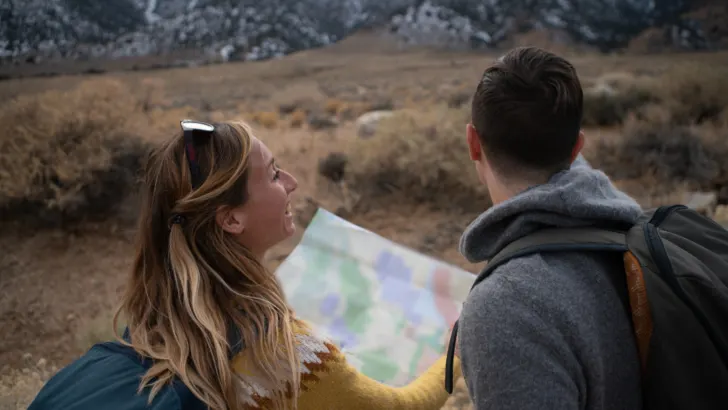
By doing your research before you go hiking, you can ensure that you are prepared for the hike and that you have a safe and enjoyable experience on the trail.
Talk to Experienced Hikers
When planning a hiking trip, it’s always a good idea to talk to experienced hikers. They can provide valuable insights and tips that can make your trip more enjoyable and safer. Here are some reasons why you should talk to experienced hikers:
- They can recommend trails that match your skill level and interests.
- They can advise you on the best time of day to hike, the weather conditions to expect, and what gear to bring.
- They can tell you about any potential hazards on the trail, such as steep drop-offs, slippery rocks, or wildlife.
- They can offer suggestions for places to camp, rest, or refill your water supply.
- They can share stories and experiences that can inspire and motivate you.
When talking to experienced hikers, be sure to ask specific questions that relate to your trip. Don’t be afraid to ask for clarification or more details if you don’t understand something. Here are some questions you might want to ask:
- What’s the best time of year to hike this trail?
- What’s the terrain like? Is it steep, rocky, or muddy?
- Are there any dangerous animals or insects to watch out for?
- What gear do I need to bring? Is there anything I should leave behind?
- Are there any campsites or water sources along the trail?
- How long does it take to complete the trail?
- Are there any alternative routes or shortcuts?

By talking to experienced hikers, you can gain valuable knowledge and confidence that will make your hiking trip more enjoyable and safer. So don’t hesitate to reach out and ask for advice. Happy hiking!
Take a Hiking Class
As someone who enjoys hiking, I know that it is important to be prepared and knowledgeable about the outdoors. One way to ensure that you are ready for your next hike is to take a hiking class. Hiking classes can provide valuable information on trail safety, gear, and hiking techniques.
During a hiking class, you can learn about the different types of hikes, trails, and terrain. You can also learn how to read a map and use a compass, which is important for navigating unfamiliar trails. Additionally, hiking classes can teach you how to use hiking gear such as hiking boots, hiking poles, and backpacks.
Hiking classes can also cover important safety topics such as what to do if you encounter wildlife, how to treat injuries and illnesses on the trail, and how to avoid getting lost. This knowledge can be lifesaving in an emergency situation.

Another benefit of taking a hiking class is that you can meet other like-minded hikers and potentially find hiking partners. You can also learn about local hiking groups and clubs, which can provide additional resources and support for your hiking adventures.
Overall, taking a hiking class can be a great way to improve your hiking skills and knowledge. Whether you are a beginner or an experienced hiker, there is always something new to learn. So, consider taking a hiking class before your next hiking trip to ensure that you are prepared and confident on the trail.
Read Hiking Safety Guides
As an avid hiker, I know that one of the best ways to ensure a safe and enjoyable hiking experience is by reading hiking safety guides. Here are some tips on what to look for and how to use them effectively:
- Look for guides from reputable sources such as national park services, state parks, hiking associations, and outdoor gear companies. These guides are usually available for free online or in print at visitor centers and outdoor stores.
- Pay attention to the specific safety tips and recommendations for the area you plan to hike in. Different trails and environments require different precautions. For example, hiking in desert areas may require more water and sun protection than hiking in a forested area.
- Take note of the 10 Essentials for hikes outside urban areas, which include navigation, hydration, nutrition, insulation, firestarter, first aid, tools, illumination, sun protection, and shelter. Make sure you have these items with you before you start your hike.
- Don’t rely solely on hiking guides. Use them as a supplement to your own research and preparation. Check weather forecasts, trail conditions, and reviews from other hikers. It’s also a good idea to let someone know where you’re going and when you plan to return.
- Finally, don’t skip over sections of the guide that you think you already know. It’s always a good idea to refresh your memory on basic safety tips and to learn new ones. Hiking safety guides can also provide valuable information on trail etiquette, environmental stewardship, and emergency procedures.
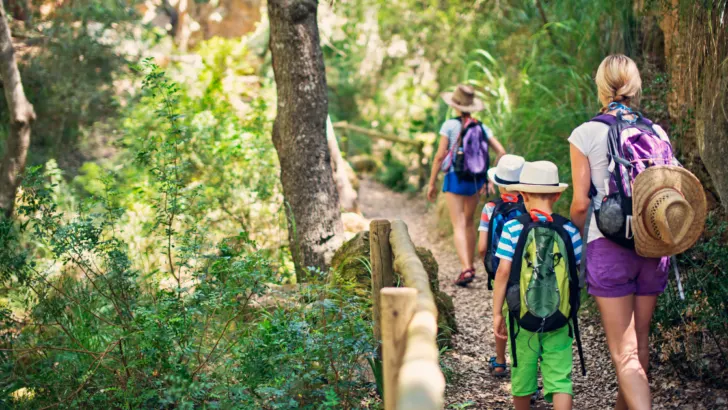
By reading hiking safety guides and taking the recommended precautions, you can help ensure a safe and enjoyable hiking experience. Remember, the more prepared you are, the more you can focus on the beauty of nature and the joy of hiking.
Information About the Consequences of Making These Mistakes
Getting Lost
Getting lost while hiking can be a serious problem. It can lead to a lot of wasted time, panic, and even injury or death. If I get lost, I should stop moving and try to retrace my steps. If I can’t find my way back, I should stay put and wait for help. I should also carry a map and compass, and know how to use them. It’s important to stay calm and not panic.
Getting Injured
Injuries can happen while hiking, and they can be severe. If I get injured, I should stop and assess the situation. If it’s a minor injury, I should treat it with first aid and continue hiking. If it’s a severe injury, I should stop and call for help. I should also carry a first aid kit and know how to use it. It’s important to be prepared for emergencies.
Being Attacked by Wildlife
Encounters with wildlife can be dangerous, and it’s important to know how to avoid them. I should make noise while hiking to alert wildlife to my presence. If I encounter a bear or other large animal, I should stay calm and slowly back away. I should never run, as this can trigger a chase response. If I’m attacked, I should fight back with whatever I have.
Hypothermia
Hypothermia can occur when the body loses heat faster than it can produce it. It can be a serious problem, and it’s important to know how to prevent it. I should dress in layers and avoid sweating. I should also stay dry and avoid the wind. If I start to feel cold, I should stop and add layers. If I start to shiver, I should seek shelter and warm up.
Heatstroke
Heatstroke can occur when the body overheats and can’t cool down. It can be a serious problem, and it’s important to know how to prevent it. I should stay hydrated and avoid hiking during the hottest part of the day. I should also wear light-colored, loose-fitting clothing and use sunscreen. If I start to feel dizzy or nauseous, I should stop and rest in the shade.
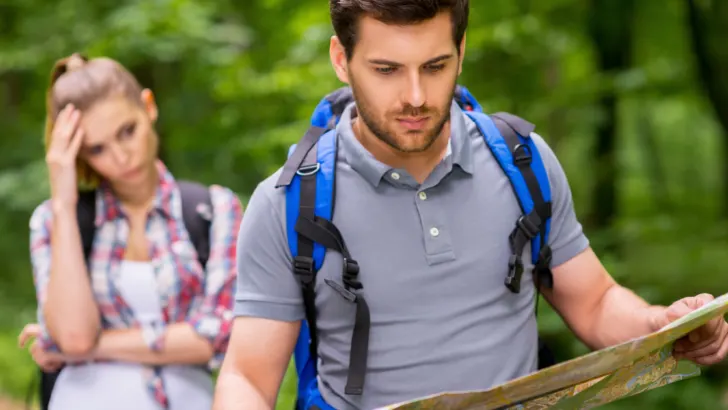
Related Posts:
What Not to Do During Hiking Conclusion
In conclusion, hiking is a great way to enjoy the outdoors and explore nature. However, it’s important to be aware of the common mistakes that can ruin your hiking experience and even harm the environment. As someone who loves hiking, I always make sure to follow these simple rules:
- Respect the environment: Don’t litter, stay on the trail, and avoid disturbing wildlife.
- Wear appropriate clothing and footwear: Choose materials that dry quickly and provide good traction.
- Be prepared: Bring enough water, food, and emergency supplies for your hike.
- Follow hiking etiquette: Be courteous to other hikers, yield to uphill hikers, and keep your dog on a leash.
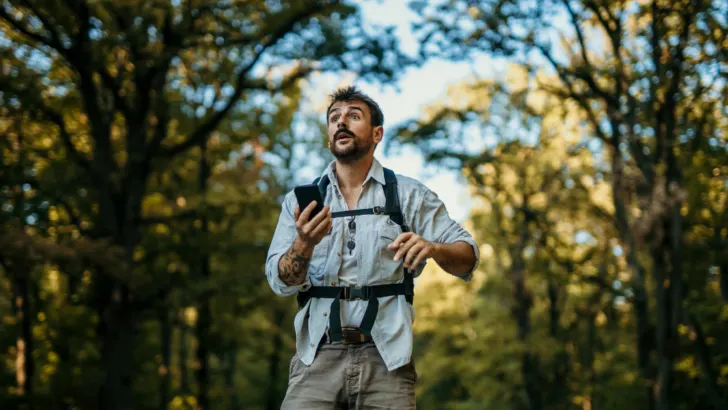
By following these guidelines, you can have a safe and enjoyable hiking experience while also preserving the natural beauty of the outdoors. Remember, hiking is not only about reaching the destination but also about enjoying the journey. So take your time, enjoy the scenery, and have fun!
Frequently Asked Questions
How can I properly use hiking poles without interfering with others on the trail?
When using hiking poles, it’s important to be mindful of other hikers on the trail. To avoid interfering with others, try to stay to one side of the trail and be aware of your surroundings. If you need to pass someone, politely let them know and wait for a safe opportunity to do so. Make sure your hiking poles are adjusted to the appropriate height for your body and use them in a way that feels comfortable and natural to you.
What are some common mistakes to avoid while hiking?
Some common mistakes to avoid while hiking include wearing the wrong clothing and footwear, overestimating your abilities, not bringing enough water or food, and not properly preparing for the weather conditions. It’s also important to stay on designated trails and not disturb any wildlife or vegetation.
What are some important rules and etiquette to follow while hiking in a group?
When hiking in a group, it’s important to communicate with each other and stay together. Make sure everyone in the group is properly prepared and has the necessary gear and supplies. Be respectful of other hikers on the trail and avoid making too much noise or disturbing the natural environment.
What are some things to do before and after hiking to ensure a safe and enjoyable experience?
Before hiking, make sure to properly research the trail and its difficulty level. Check the weather forecast and pack accordingly with enough food, water, and supplies. After hiking, take the time to properly clean and store your gear and reflect on your experience. Consider leaving a review or feedback for others who may be interested in hiking the same trail.
What are some hiking tips and guidelines to keep in mind while on the trail?
Some hiking tips and guidelines to keep in mind include staying on designated trails, following Leave No Trace principles, properly disposing of any waste, and being aware of your surroundings. It’s also important to properly hydrate and refuel throughout the hike and take breaks as needed.
What are some situations that hikers should avoid to stay safe and respectful on the trail?
Hikers should avoid situations such as hiking alone in remote areas, not properly preparing for the weather or trail conditions, not respecting wildlife or vegetation, and not following proper trail etiquette. It’s important to always prioritize safety and respect for the natural environment while hiking.
